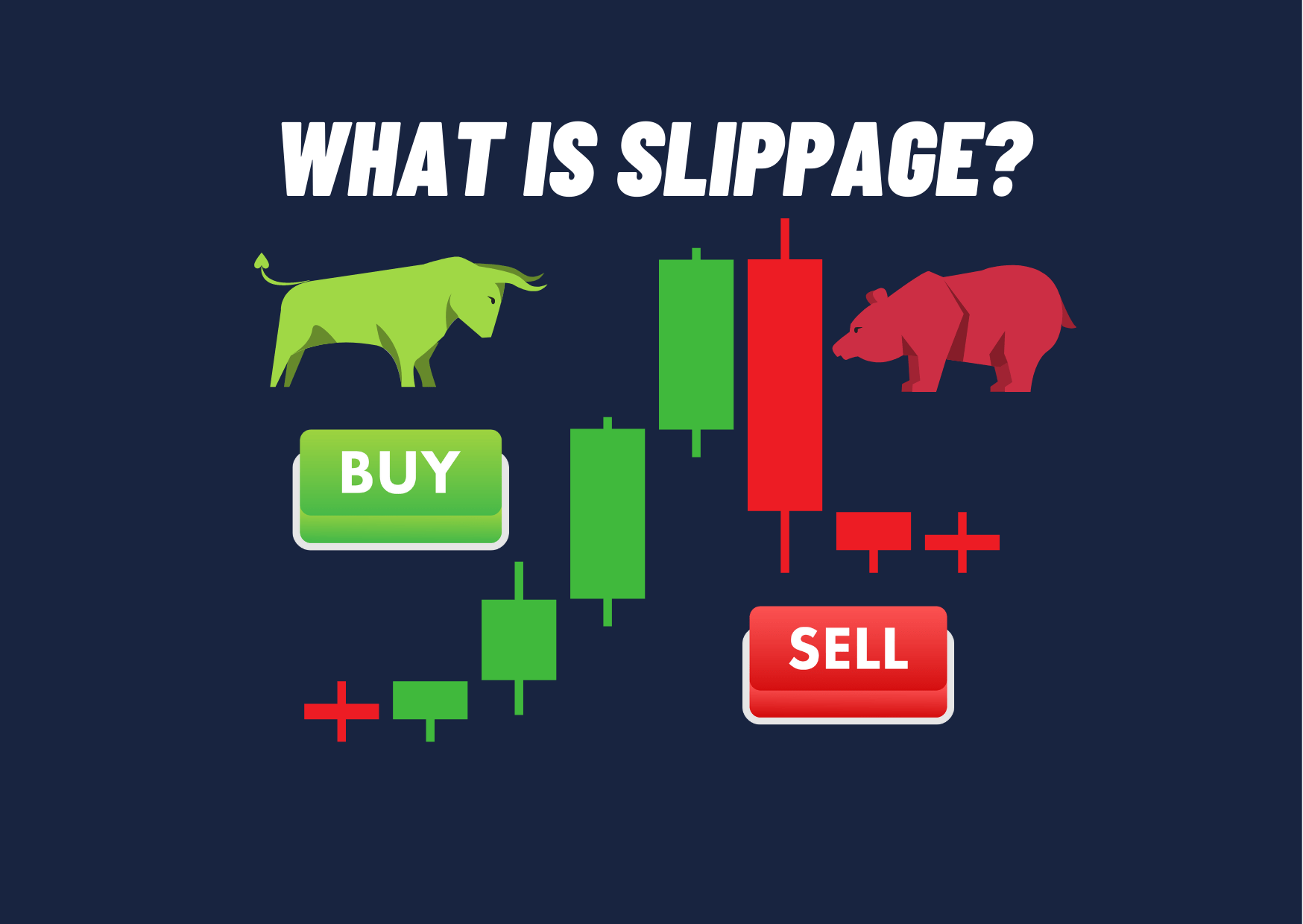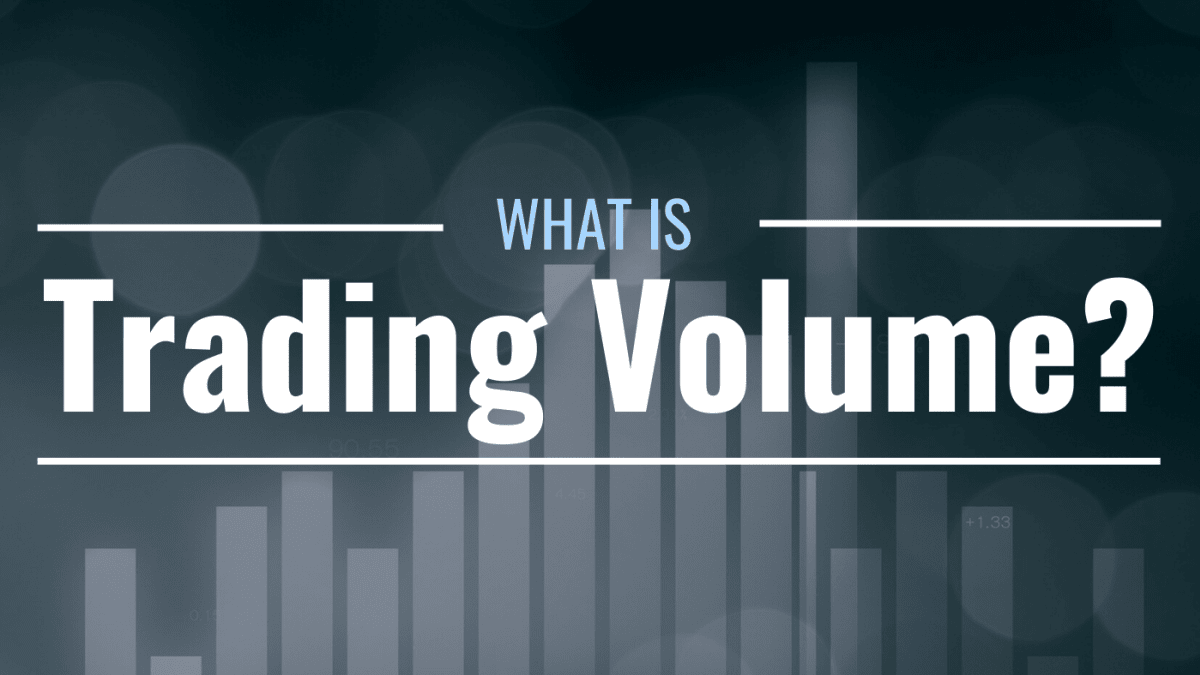Slippage in Trading: Complete Information
Slippage is a term used in trading to describe the difference between the expected price of a trade and the actual price at which the trade is executed. It often occurs in markets with high volatility or low liquidity, and while it’s generally considered an unavoidable part of trading, understanding how slippage works can help traders manage its impact.
What is Slippage?
Slippage happens when there is a delay between the time a trader places an order and the time that order is executed. In this time, market conditions may change, causing the price of the asset to move away from the price the trader expected. The result is that the trade is executed at a different price than anticipated, either better or worse than the expected price.
Slippage can occur in any market, but it is most common in fast-moving markets like forex, cryptocurrencies, and stocks during periods of high volatility.
Types of Slippage
There are two main types of slippage:
- Positive Slippage (Favorable Slippage):
- Positive slippage occurs when the execution price of an order is better than the expected price. This can happen if the price moves in the trader’s favor after the order is placed but before it is executed.
- Example: A trader places a buy order for Bitcoin at $25,000, but by the time the order is filled, the price has decreased to $24,900, resulting in a better execution price.
- Negative Slippage (Unfavorable Slippage):
- Negative slippage happens when the execution price is worse than the expected price. This is more common in fast-moving or highly volatile markets.
- Example: A trader places a buy order for Bitcoin at $25,000, but by the time the order is filled, the price has increased to $25,100, causing the trader to pay a higher price.
Factors That Cause Slippage
Several factors can cause slippage to occur:
- Market Volatility:
- During periods of high volatility, prices can change rapidly, which increases the chances of slippage. Examples include market events such as earnings reports, news releases, or unexpected political events.
- In cryptocurrency trading, slippage is especially common during major price movements or events like halving, regulatory news, or other significant changes in the market.
- Low Liquidity:
- Low liquidity markets have fewer buyers and sellers, which makes it difficult to execute trades at the expected price. In such markets, the spread between the bid and ask price may be wider, and it can take longer to fill orders, leading to slippage.
- Cryptocurrencies with low trading volume or altcoins often experience slippage due to less liquidity compared to major cryptocurrencies like Bitcoin and Ethereum.
- Order Type:
- The type of order placed can impact the likelihood of slippage. Market orders are more susceptible to slippage because they execute immediately at the best available price, regardless of whether the price has changed since the order was placed.
- Limit orders, on the other hand, specify a price at which the trader wants to execute the trade, which can help avoid slippage but may result in the order not being filled if the price doesn’t reach the specified level.
- Time of Execution:
- Slippage is more likely to occur during periods when markets are less active (e.g., outside of market hours) or when there’s a large influx of market orders. During times of high trading volume, the price can move rapidly, increasing the chances of slippage.
- Speed of Market Movement:
- Fast-moving markets, where price changes occur quickly, are prime environments for slippage. When market prices are volatile, there is little time for orders to be filled at the desired price before the price changes.
How to Minimize Slippage
While slippage is often inevitable, there are several strategies that traders can use to minimize its impact:
- Use Limit Orders:
- Instead of using market orders, traders can use limit orders, which specify the price at which they are willing to buy or sell an asset. While limit orders do not guarantee execution, they do protect against unfavorable slippage by ensuring that the trade will only be executed at or better than the specified price.
- Trade During Active Hours:
- Trading during times of higher market liquidity can help reduce the chances of slippage. For example, in the cryptocurrency market, trading during periods when major exchanges are active can help ensure there are enough buyers and sellers to fill orders at the expected price.
- Avoid High Volatility:
- Slippage is more likely to occur during periods of high volatility. Traders should be cautious when significant news or events are scheduled, as these can cause sudden price fluctuations. By avoiding trading during such events, traders can reduce the chances of experiencing slippage.
- Smaller Order Sizes:
- Large orders in low liquidity markets are more likely to result in slippage. By breaking large orders into smaller chunks, traders can reduce the risk of significant slippage, as smaller orders are less likely to move the market.
- Use Stop-Loss and Take-Profit Orders:
- Traders can use stop-loss and take-profit orders to manage risk. While these orders do not eliminate slippage, they help mitigate its impact by automatically executing a trade when the market price reaches a certain level. This ensures that the trader’s position is closed when the price hits a favorable level, even if slippage occurs.
- Monitor Market Conditions:
- Keeping an eye on market conditions can help traders avoid slippage. By monitoring the market for signs of high volatility or low liquidity, traders can adjust their strategies accordingly.
Examples of Slippage in Trading
- Forex Market Slippage:
- Suppose a trader is looking to buy the EUR/USD currency pair at 1.2000. If the market is volatile and the price changes quickly, the trader’s order may be filled at 1.2002 instead, causing a small amount of negative slippage.
- Crypto Market Slippage:
- A trader might place a market order to buy 10 Bitcoin at $25,000 each. However, due to high volatility or low liquidity, the order might be executed at $25,100 for some of the Bitcoin, resulting in negative slippage. On the other hand, if the price drops before the order is filled, the trader could experience positive slippage.
Slippage and Trading Costs
Slippage can be seen as an implicit cost of trading. While it is not a direct fee like a commission, slippage can affect a trader’s overall profitability. In highly volatile markets or during periods of low liquidity, the price difference due to slippage can result in a significant impact on the trader’s returns.
For example, in the cryptocurrency market, where prices can change rapidly, slippage can often be a significant factor in the overall trading cost. This is especially true for traders using market orders to enter or exit positions quickly.
Conclusion
Slippage is an unavoidable aspect of trading, particularly in volatile and low-liquidity markets like cryptocurrency. While it is difficult to completely eliminate slippage, traders can take measures to reduce its impact by using limit orders, trading during active market hours, and monitoring market conditions carefully. Understanding slippage and incorporating strategies to minimize its effect can help traders make more informed decisions and improve their overall trading performance.




